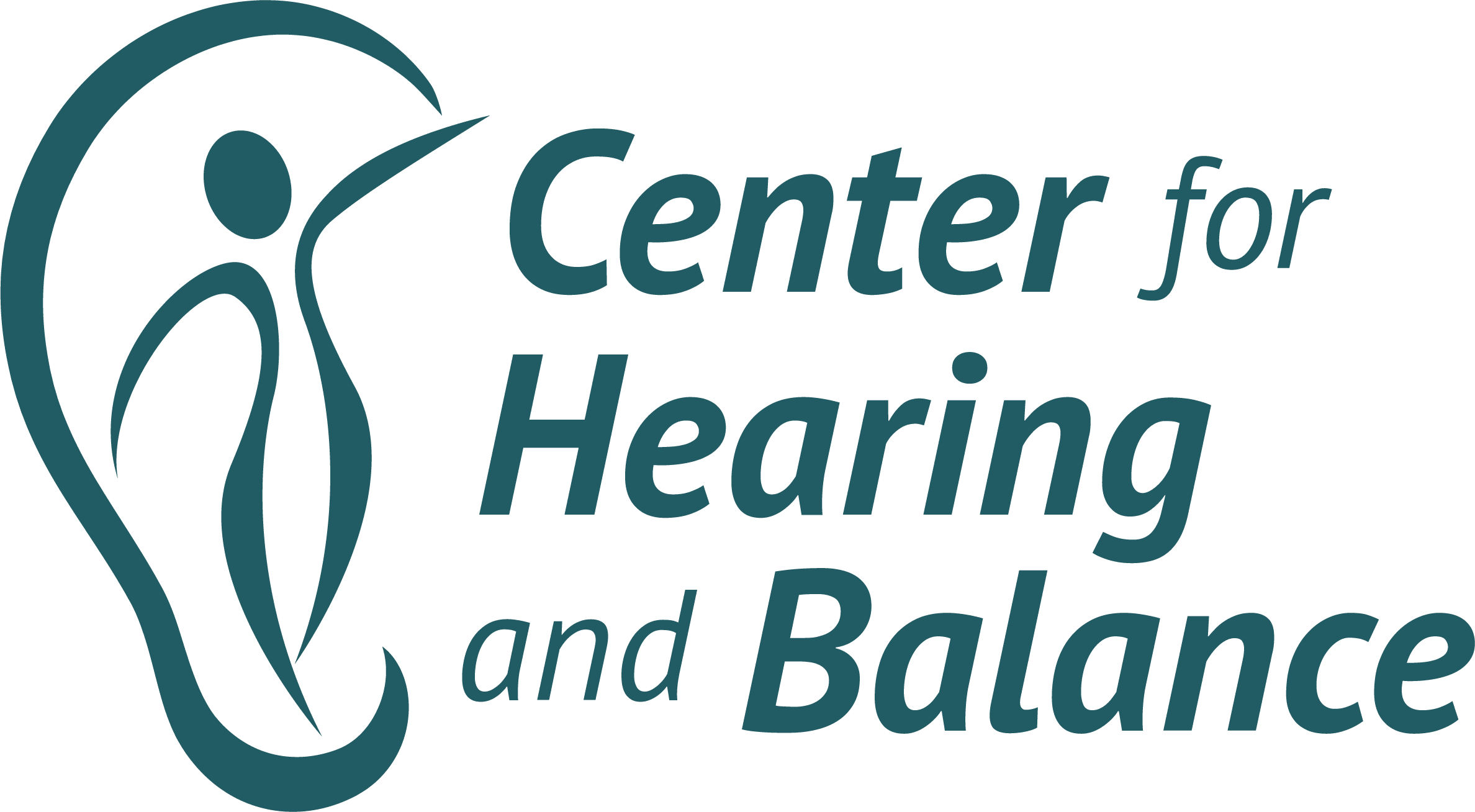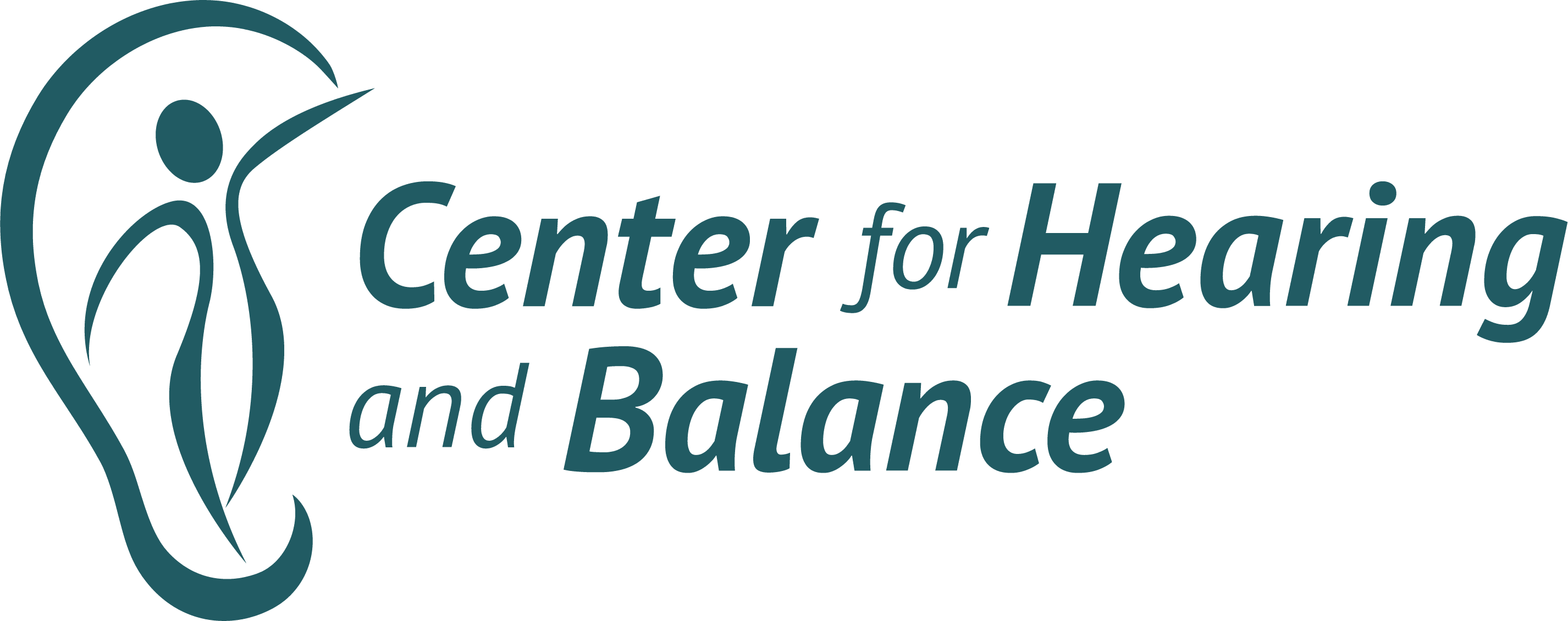There are certain noises that the majority of people know can be harmful to hearing health. Noises such as a jackhammer on a construction site, planes taking off, fire alarms, and even headphones on a high volume in the ears. But did you know that there are quite a few noises a part of everyday life that can negatively impact your hearing?
A sound’s loudness is measured in decibels (dB). Generally speaking, sounds above 85 dB are considered harmful. To put it into perspective, normal conversation is usually around 60 dB, a subway ranges between 90-95 dB, and a sporting event or concert is averaged to be around 120-129 dB. A sound that is loud enough, and lasts long enough, can damage hearing and lead to hearing loss. Let’s take a look at some common, daily noises that could potentially harm healthy hearing:
|
Noise |
Average dB |
|
City Traffic (inside the car) |
80-85 dB |
|
Hair Dryer/Food Processor/Kitchen Blender |
94 dB |
|
Motorcycle |
95 dB |
|
Gas Leaf Blower |
106 dB |
|
Shouting or Barking in the Ear |
110 dB |
As the average dB level increases, the amount of time you can listen to the sound before damage occurs decreases. The OSHA standard uses a 5 dBA exchange rate as a baseline for employers and employees. This baseline is a great tool to remember even in our day-to-day lives! For example, leaf blowing is roughly 106 dB which means that the suggested amount of exposure to prevent hearing damage is 15 minutes a day. If you’re needing to be around this noise for longer amounts of time, simply wear protective hearing equipment to limit potential damage!
Okay, this might have been a little technical, but a great rule of thumb is: if you have to speak above a normal, indoor speaking voice for another person to hear you, protective hearing equipment should be worn. Don’t delay on taking care of your hearing! Damage done is irreversible and permanent.
Call us today to learn more about how you can protect you and your loved ones hearing!
479.785.3277
Center for Hearing
4300 Rogers Ave. Suite #15
Fort Smith, AR
72903


